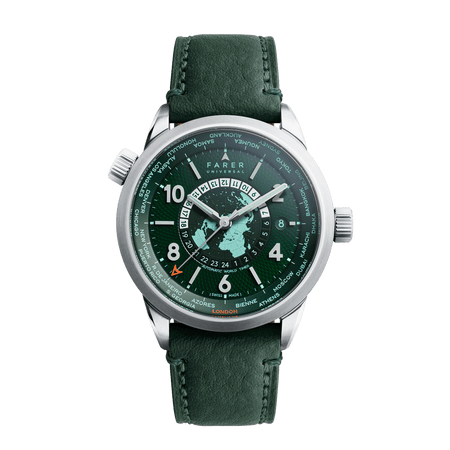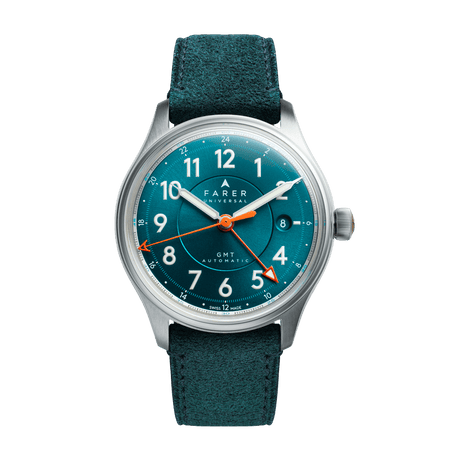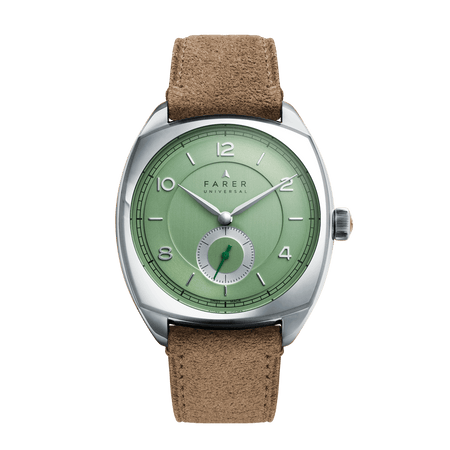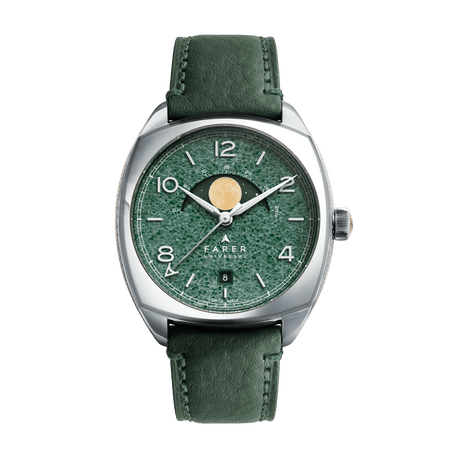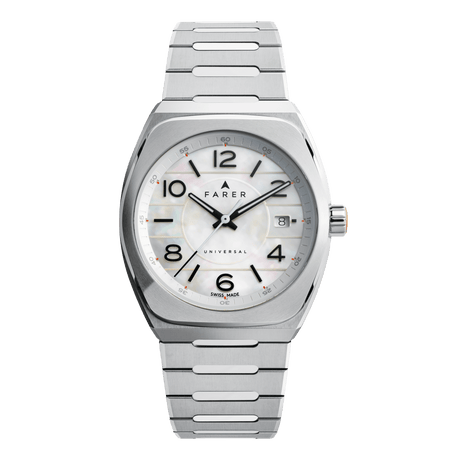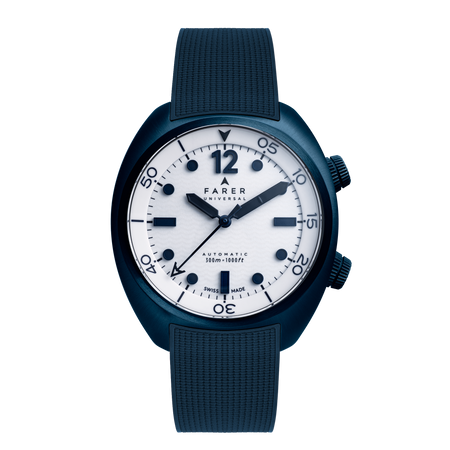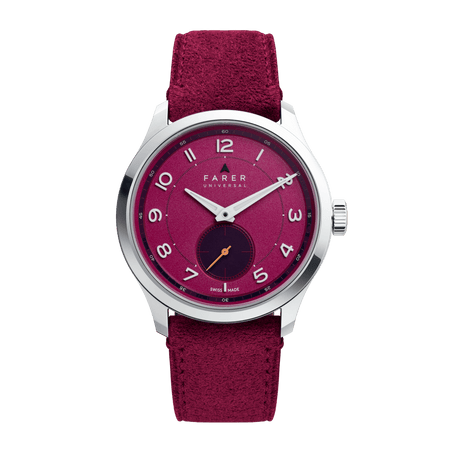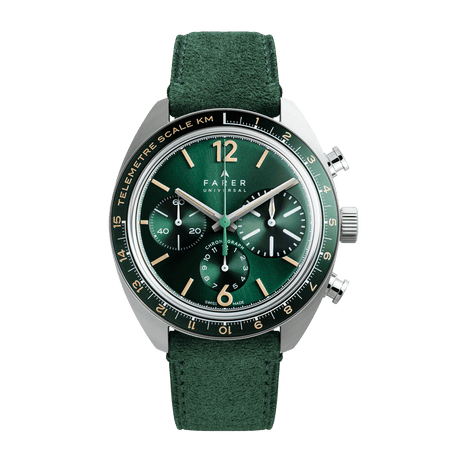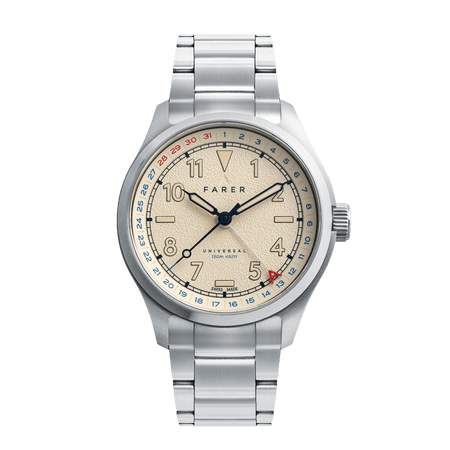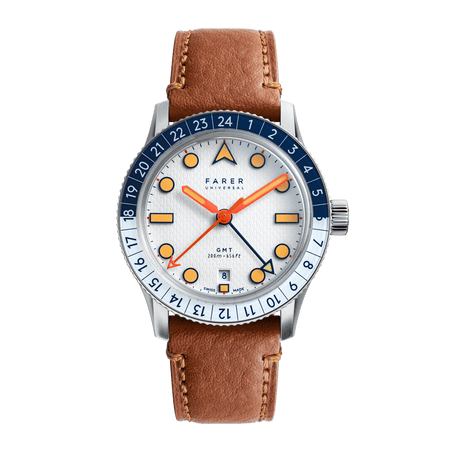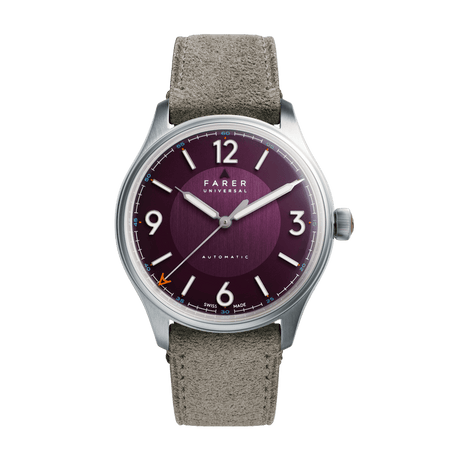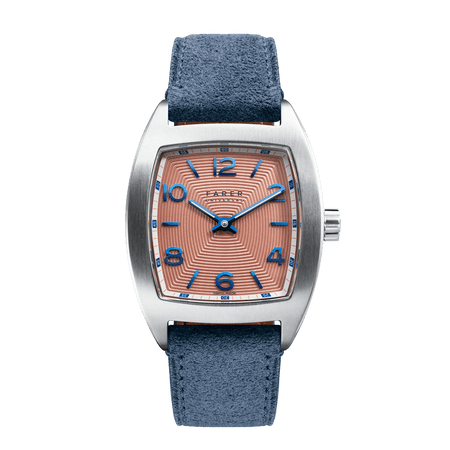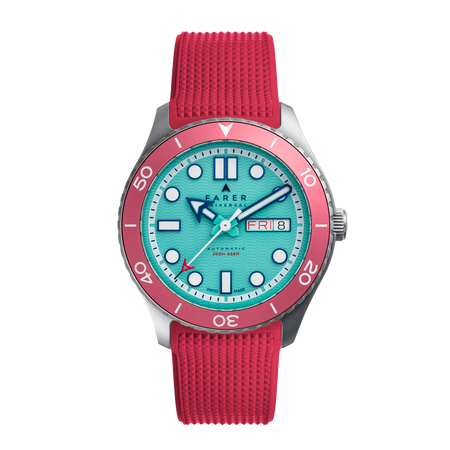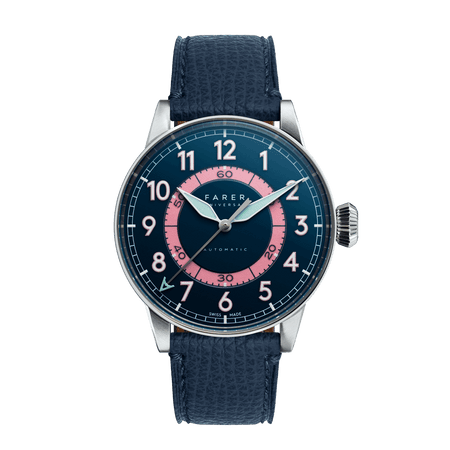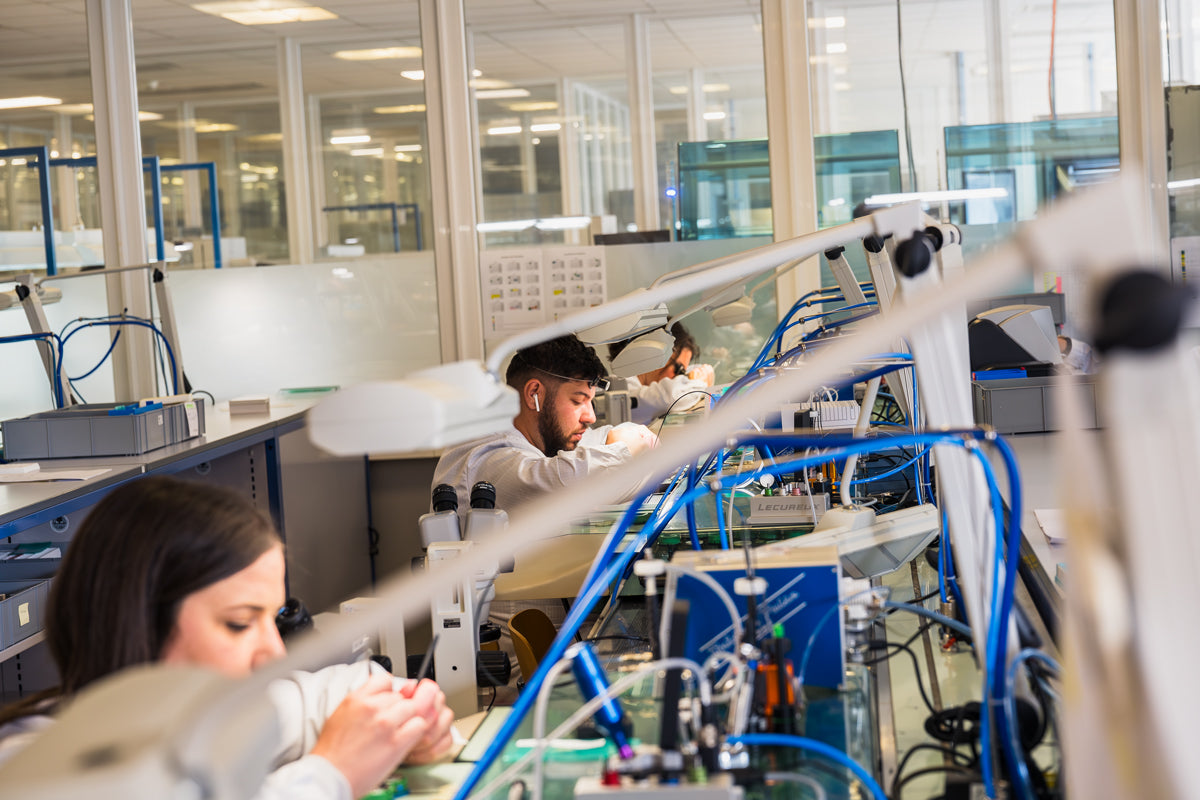An In-Depth Look At La Joux-Perret And Their G100 Calibre
Here at Farer, we like to be transparent about our manufacturing processes. Therefore we wanted to feature one of our key movement suppliers, La Joux-Perret headquartered in La Chaux-de-Fonds, Switzerland.

For those who aren’t familiar with La Joux-Perret, the company is owned by the Citizen Group, the Japanese corporation that owns several well-known brands such as Alpina, Arnold & Son, Bulova, Frederique Constant, and of course, the Citizen watch brand. They also own Miyota, which is a well-established Japanese producer of both mechanical and quartz movements.
With Miyota allowing Citizen to take a significant share of the market for Asian-made watch movements, their purchase of La Joux-Perret in 2012 has allowed them to enter the Swiss-made movement sector.

Some keen-eyed watch enthusiasts have noticed that La Joux-Perret’s G100 automatic movement bears some visual similarities with Miyota’s 9015 calibre, which has led some to believe the Swiss movement is a mere clone of the Japanese original with a “Swiss-made” badge stamped on it to push up the retail price.


Having recently toured the La Joux-Perret factory in La Chaux-de-Fonds and spoken to the team at LPJ for clarification on the difference between both movements, we can confirm that this is not the case.
La Joux-Perret freely admits that the development of the G100 and its variations started with the Miyota 9-Series, which is well-established within the industry and known for its reliability and good performance. However, as you would expect from the Swiss, they have re-engineered many aspects of the movement to ensure that the G100 is of the high quality required of Swiss-made calibres.

Before we delve into what the exact changes are, we should first take a look at La Joux-Perret’s manufacturing facility. All the components for LPJ’s movements are produced in Switzerland, and parts such as the mainplates, bridges, and rotors are machined and finished by La Joux-Perret themselves from the raw metal. As part of the Citizen Group, La Joux-Perret also handles the movement manufacturing for the Swiss watch brands within the group - Arnold & Son and Frédérique Constant, as well as their own brand Angelus. The fact that La Joux-Perret can supply such high-end brands with movements is an excellent testament to the scope of their manufacturing capabilities.

And, speaking of their capabilities, let’s take a look at the upgrades La Joux-Perret has made to the Miyota to create their own manufacture calibre. Firstly, the gear train, barrel, and balance have all been re-engineered. This results in a higher power reserve of 68 hours, versus the 42 hours seen in Miyota’s equivalent, along with a slight repositioning of the balance to sit exactly at six o’clock. This redesign has also allowed for the bridges to be reworked and given more luxurious curved edges.
Next, the rotor is fashioned from a single piece of tungsten for superior winding compared to the two-piece construction of a Miyota calibre. Like its Japanese counterpart, the rotor winds in one direction, which allows the movement to wind to its full power reserve through automatic winding alone.

Furthermore, the G100 balance is fitted with a KIF anti-shock system, rather than Mioyta’s Parashock system. It’s fair to say that this is an impressive upgrade over the Japanese calibre. KIF are a trusted company that has existed since 1944, and that even supplied Rolex prior to the Crown developing its in-house Paraflex system in 2005.
Another notable difference between the La Joux-Perret and Miyota calibres is that the Swiss movement uses an ETACHRON-style watch regulator system with a fine adjustment screw, whereas the Miyota does not.

As a result of these changes to the engineering and construction of the G100, its standard version is accurate to ±12 seconds per day, compared to the Miyota 9015’s -10 to plus 30 seconds. However, at Farer, we use the Soigné grade of movement, which is accurate to ±7 seconds per day.
The last differences of note are that the G100 uses vertical fixing screws for the dial feet, compared to the Miyota’s horizontal ones, and that the crown stem is a monobloc piece on the La Joux-Perret.

We’ve also yet to talk about the higher grade of finishing that La Joux-Perret offers. To further enhance the high-quality materials used to make the G100, LJP offer a wide selection of traditional Swiss decorations, such as Côtes de Genève, blued screws, and polished chamfers.
It should be obvious at this point that the G100 family of movements are a clear step up from the Miyota 9-series. Though La Joux-Perret used the Miyota as a base for their design, every aspect of the proven Japanese movement has been overhauled and upgraded to create a superior product that is truly Swiss-made.

This is one of the key reasons why Farer opted to start using La Joux-Perret movements in our watches. The impressive 68-hour power reserve was another key draw. We’re always looking to provide our customers with the best possible value proposition, and the opportunity to offer a watch with nearly 3 days of power reserve for under £1,000 was one we couldn’t pass up. We’ve now used the G101 for two years, and it’s proven to be an excellent calibre, so much so that we will continue to expand its use to more models in our range in the future.
Explore the Three Hand collection equipped with La Joux-Perret movements here.
